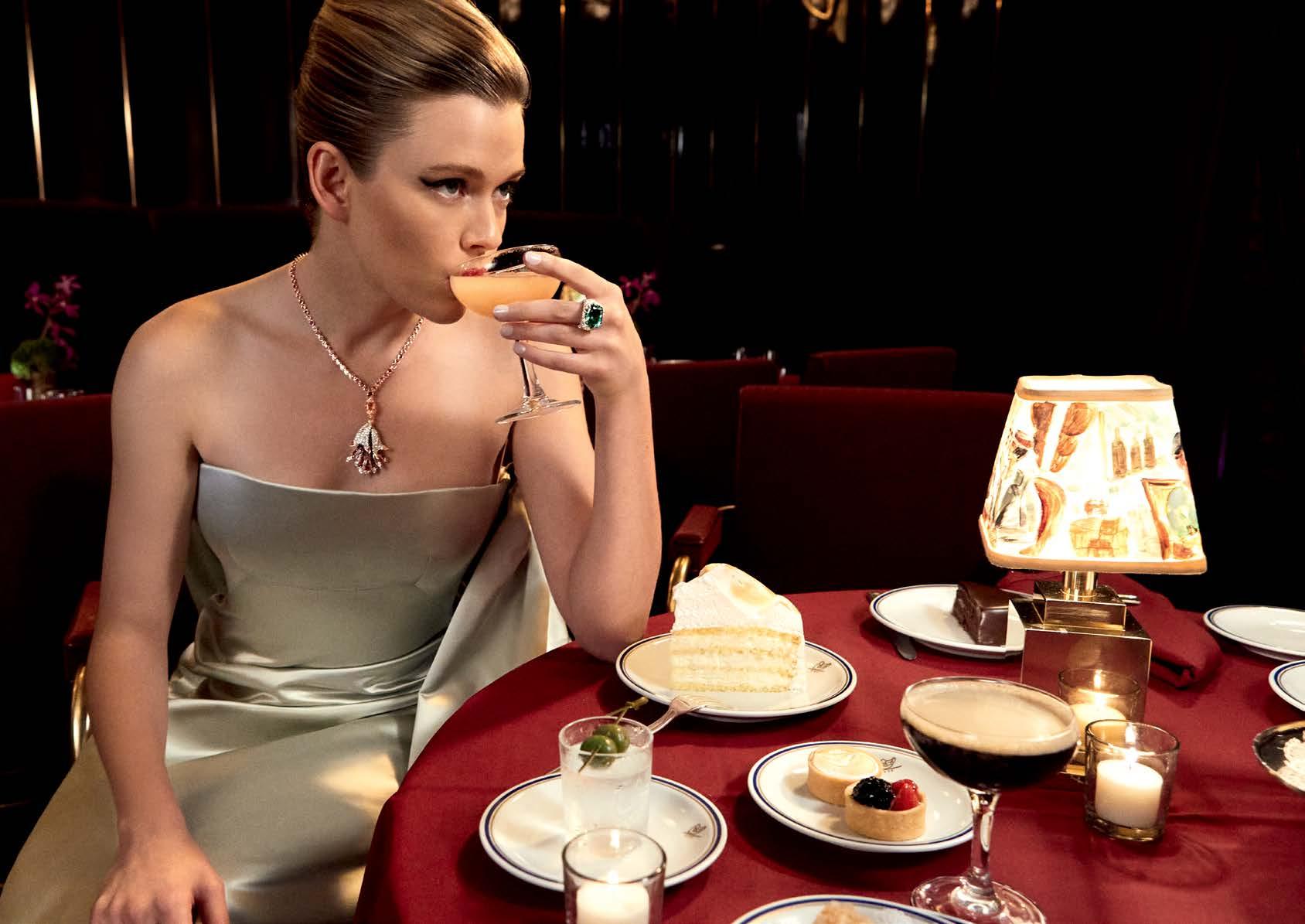




My name is Arrigo Cipriani. Seventy years ago, my father told me it was about time to start working at Harry’s Bar. I am 91, and I am still here.
My father was Giuseppe. He was born in 1900 when everyone thought the world would end.
In 1928, Giuseppe was a barman at the Hotel Europa in Venice. Among his customers was Harry Pickering, a young American who had run out of money and did not know how to pay the bill. Giuseppe trusted him and lent him 10,000 lire to settle it. Two years later, Harry Pickering returned to Venice to repay the loan. He not only gave back the 10,000 lire but also added another 30,000 lire to help Giuseppe open a bar. The name was already made: Harry’s Bar, after Harry Pickering.
Giuseppe chose a small boat ropes shop that had closed because of a lack of customers. It was 40 feet by 15, located on Calle Vallaresso, a street in Venice near St. Mark’s Square – the oldest and most beautiful square in the world. The Calle ended in the Grand Canal, the most beautiful and ancient canal in the world. However, there was no bridge connecting it to the Square.
All the shops were failing, including the boat ropes shop. But that’s exactly what Giuseppe wanted. He wanted to open a bar, not one where customers just walked in because they happened to be passing by, but one where they specifically sought out Giuseppe’s bar.
So, he opened it there, in the midst of failing shops. Giuseppe was a special man, perhaps a descendant of the barman created one day by God.
It is a story that few know. It goes like this:
In the beginning, there were gin, whiskey, rum, and cognac. These were the four things that should never have been mixed together. Then there were the other things like vermouth, liqueurs, sugar, and lemon. They were meant for the glory of the first four components of the Universe.
On the sixth day, God created the Barman. Instead of Eve, he gave him a shaker, ice, and a couple of glasses. God said to the first barman, “Mix for the joy of your fellow men.”
We must also say one thing. If in 1928, when Giuseppe lent him the 10,000 lire, Harry Pickering had paid them immediately with a credit card, Harry’s Bar would have never been born.
Fate is sometimes unpredictable.
Before becoming a barman at the Hotel Europa, Giuseppe had worked in the greatest Hotels in Europe. He never stayed in the same place for more than six months, that is, until he had learned
all the things that should always be done for good hospitality.
And those things that should never be done…
In Venice of the 1930’s, Kings and Queens, great artists, and famous actors were always present at Harry’s Bar, comfortable sitting at the small tables and easily meeting each other in the intimacy of the small room.
One day, four Kings were eating at four different tables.
Then, in 1940, the tragedy of the war broke out. It ended in 1945 with Germany’s defeat and the liberation of Europe. This included Harry’s Bar, which in 1944 had been taken over by German troops. Giuseppe understood something important – something that’s like the air we breathe and essential for life. It is called FREEDOM.
So, in his 40 feet by 15 feet room, he did everything to make his customers feel free. It wasn’t difficult. The bar had clean air, the lighting just right, the chairs - which he had designed- comfortable, the tables round, the traditional food good, the service simple, and his smile welcoming and many things that have to do with freedom which like a good wind, entered the bar and won over writers, painters, musicians, actors, and customers. That room, because it was no bigger than a room, soon filled with happy souls and became their home.
A home of souls without walls can easily invade the world, because the thoughts of the soul know no boundaries.
There are things born in this home that have conquered the world. The Bellini, the Carpaccio, and everything needed to make life a pursuit of happiness.
Home is that little bar known beyond the borders of the world.
A great grandson of Giuseppe’s named Maggio (May), because he was born in that spring month and resembles his great grandfather, wanted to name the new establishments “Casa” where one feels like in Venice. At Harry’s Bar.
This is what I want to say to all those who, by becoming members, have understood our simple story.
Thank you for coming Home.
Arrigo Cipriani


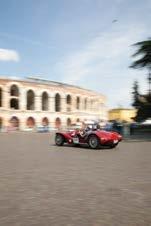





6 10 8 14 18 22 24
David Hockney: New Classics A revived exhibit in London
1000 Miglia, the Most Beautiful Race Memories in miles
Beyond The Stage The private world of Freddie Mercury
Structural Elegance KHAITE's flagship store: where fashion meets design
Photography Spotlight: Sam Gregg Through the lens of a humanist
Pas de Deux Manet and Degas: an artistic dialogue
A Vision in Blue A glimmering ode to the brand’s beloved blue
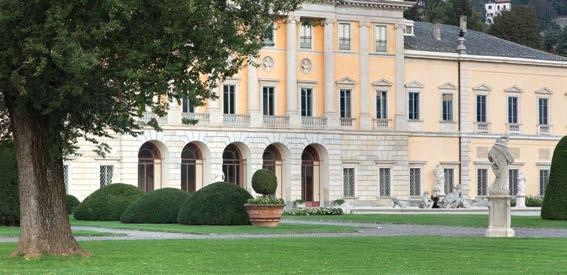
Lake Como, a place whose name conjures images of vacationing in a veritable paradise, invites visitors and residents alike to dig deeper at this year’s Lake Como Design Festival. Now in its fifth year, the festival created by artistic director Lorenzo Butti, features programming united by the theme of "Naturalis Historia", a nod to the work of Pliny the Elder, the writer and naturalist who called Lake Como his home. The exhibits, talks and installations in historical and often unknown places enhance the appreciation for the rich cultural history of the region.
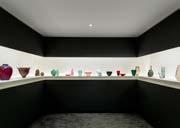
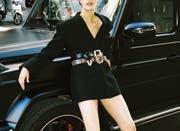
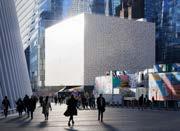
Through a selection of fifty-six masterpieces of Murano glassworks, an exhibition in the newly opened Robert Olnick Pavilion at Magazzino Italian Art, reconstructs the creative journey of the renowned architect Carlo Scarpa. During the years 1926-1947 he collaborated with the two most important Murano glass furnaces of the time: M.V.M. Cappellin & Co. and Venini, greatly influencing the history of Murano glass, pioneering aesthetics and introducing new techniques in the glass blowing tradition.
Kate Cate’s playful take on accessorizing is attracting a wealth of attention in the fashion world. The brand’s pieces are strong statements about the creator’s taste and ethics, satisfying both of the key requirements of the inspired, educated fashion community of today. The Italian model has designed and executed a line influenced by her natural wanderlust coupled with a desire to make those around her feel at home wherever they are. Each piece is a work of art, made using high quality craftsmanship in her native country.
The Perelman Performing Arts Center (PAC NYC) introduces an innovative hub for both emerging and established artists in theater, dance, music, opera, and film, contributing a fresh cultural dimension to the World Trade Center site. Designed by Joshua Ramos of REX, the translucent marble monolith encompasses a dynamic architecture featuring adaptable theater layouts and seating modules. This structure serves as the concluding element of a site already adorned with remarkable architectural feats, infusing the area with creativity and assertive yet reverent statements.

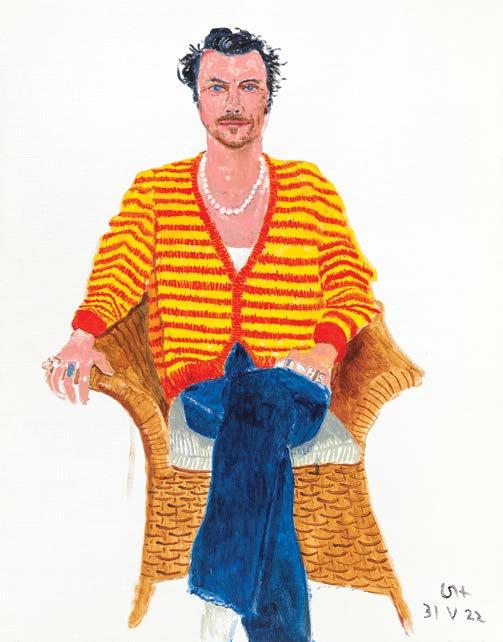
A fresh, post-pandemic incarnation of David Hockney’s previously interrupted exhibit proves a triumphant return for the artist with the inclusion of a number of stunning new works
David Hockney, a modern master whose cultural impact has been felt for generations, is set to debut 33 new works at the National Portrait Gallery in London this fall. Hockney’s unmistakable style is ever present in these pieces, with a wide range of subjects, from close friends and family, to celebrities, and in more than one instance, himself. Drawing from a versatile array of tools that spans from pencils, inks, and crayons to modern technologies like the iPad, Hockney captures the intimacy between sitter and
subject in his distinctive style. His impact on the art world is large, as is his circle. Renderings of his mother live alongside those of members of his local Normandy community, and one of Harry Styles, who appears in a vibrant striped cardigan and pearls.

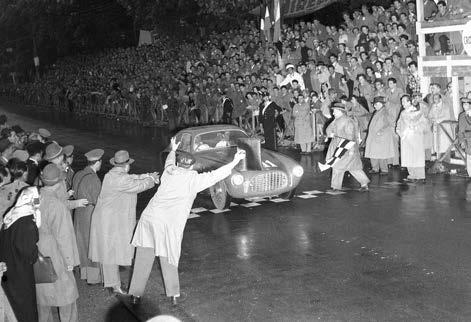
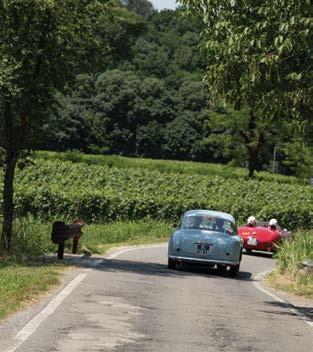
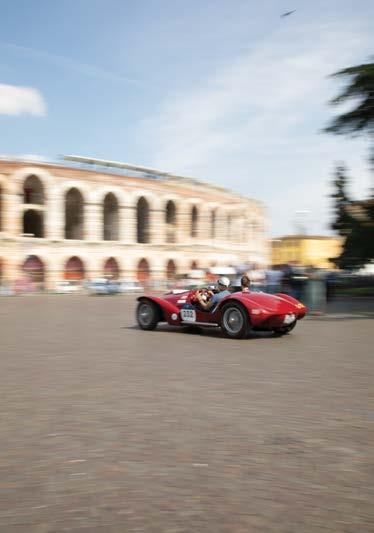
From every corner of the globe, an assembly of awe-inspiring and invaluable vintage automobiles converge upon Italy. Their purpose is not to be mere exhibits within a museum’s walls, but rather to partake in a spirited race that winds through the captivating Italian countryside. Originally established as a speed race in 1927, the 1000 Miglia runs through the picturesque route of Brescia to Rome and back. The automobile brands that ymous with luxury, elegance and speed. The modern incarnation of the race is open only to models and, in some specific instances, the very cars that took part in one of the original races. Participation is prestigious, with hundreds of crews clamoring to be selected each year. Only a small number are chosen and thus eligible to take the start and travel the race’s spectacular course. The annual event is a gathering of the most passionate enthusiasts of both vintage cars and Italian culture. All those who descend upon the race from around the world are preserving the essence of the tradition and amplifying the global appreciation for these historical automotive treasures.
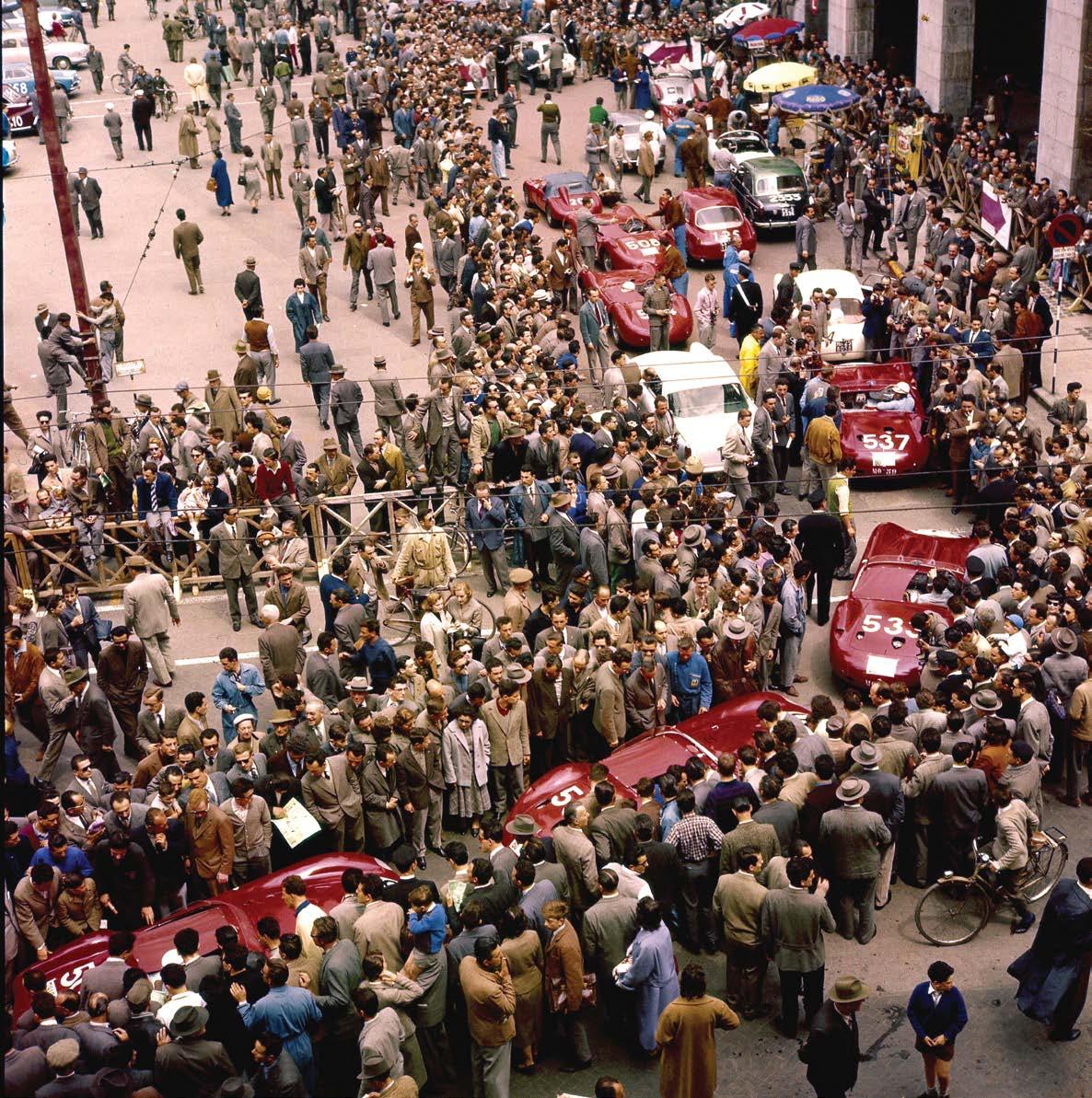
A series of auctions at Sotheby’s London in September uncovers the enigmatic tales concealed within Freddie Mercury’s private collection, revealing the intimate inspirations that fueled his boundless artistic spirit and iconic music
With the world at his fingertips, what did the intimate reality of a renowned extrovert like Freddie Mercury hold? A glimpse into a previously unseen aspect of his life offers a few clues into a nuanced individual whose interest in Japanese culture and its aesthetics provided a welcome sanctuary from the burden of fame. On the first of many visits to Japan for a tour in the spring of 1975, Mercury fell in love with the art of the country and its people . He gathered an impressive collection from woodblock prints by the great masters, gem-like lacquer, fluid silk and fine porcelain, kimonos and maneki-neko, cat figurines believed to bring good luck to its owners. The maneki-neko are a reflection of one of his most profound
passions, his cats. In his final interview Mercury is quoted as saying,
“I’m leaving it all to Mary and the cats.” Far from jest, Mercury was indeed enamored with his cats, often calling from the road and demanding the receiver be held to the cat’s ears so that he could “speak” to them. His devotion was so great that he even commissioned Disney animators to create a portrait of one of his cherished feline friends. Although one can never have a complete picture of a man, even of someone who spent much of his life in the public spotlight, his collection of personal items adds to the mosaic of his fascinating personality and life.


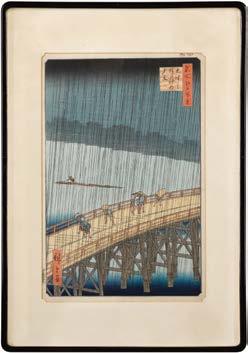
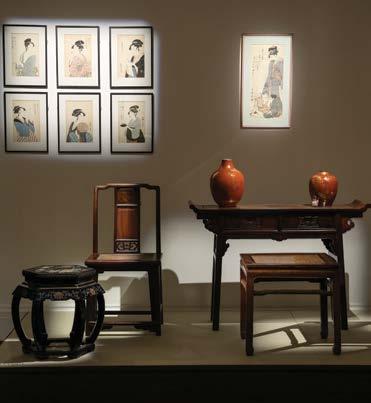

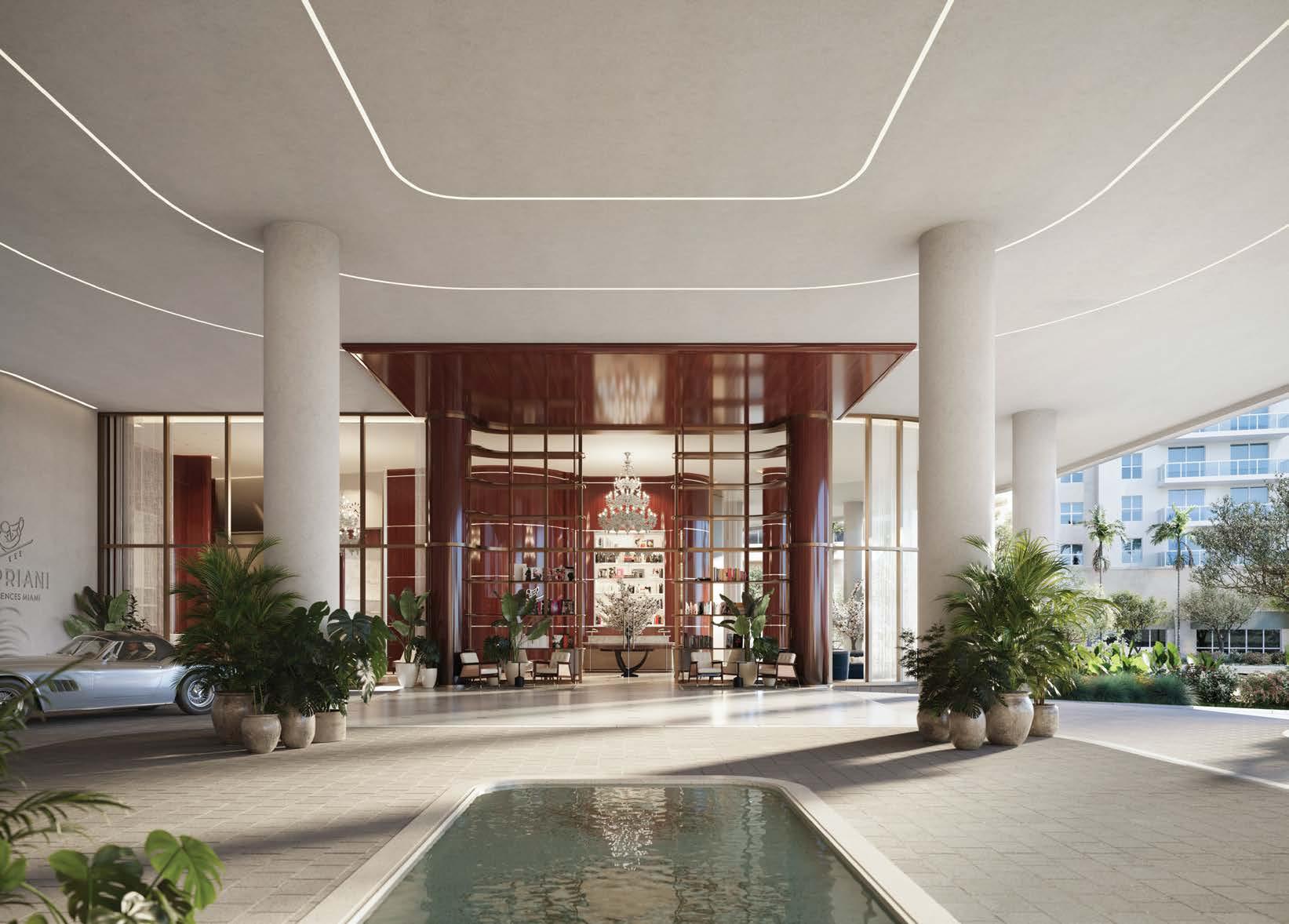
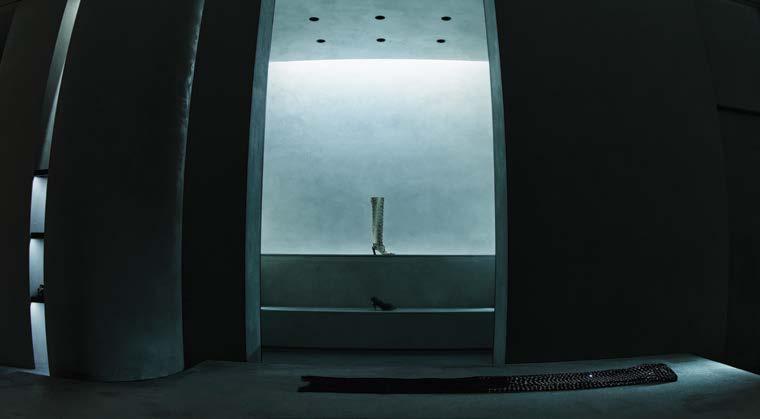
KHAITE draws from art and experience in the design of its breathtaking flagship store
In our contemporary creative culture, art and fashion are twin endeavors. Nowhere is this more evident than in KHAITE’s flagship location nestled in the cobblestones of Soho in New York City. KHAITE, a beloved new fashion brand, is helmed by Catherine Holstein, a young talent who was recently presented with the coveted CFDA Womenswear Designer of the Year award at Casa Cipriani. Holstein, along with her husband, architect Griffin Frazen, designed this bold, gothic space for KHAITE’s collections, drawing inspiration from the art of revered figures from the zeitgeist like Richard Serra and Stanley Kubrick. It is both severe and soft, and stirs emotion immediately upon entering. With a respectful nod to brutalism, it is a romantic take on the movement. The store was designed to tell a story, one that adapts to anyone who visits, one that is colored by the visitor’s own history with art and culture. This ability to provide a unique, but consistently thrilling, shopping experience is a balm in this age of e-commerce. Bollettino met recently with Holstein and Frazen, the driving force behind KHAITE, to discuss their feelings on the shifting role of in-store experience.
BOLLETTINO: The design choices made when creating your flagship store were daring ones, with considerable risk. Describe how you made these decisions during such an important undertaking as your first brick-and-mortar store in a neighborhood with such a rich architectural and design legacy.
Cate Holstein: We both noticed that so many store experiences had become redundant. I personally longed for the days of Helmut Lang on Greene, Balenciaga and Comme Des Garçons in Chelsea, when retail was more experimental and synonymous with taking risks. I think for both of us, we knew wholeheartedly that we wanted to be provocative. We were lucky enough to find a space that allowed for such design as well. The store is an homage to the industries, artists, and materials that built SoHo and to contemporary sculpture as we know it today, which is man interacting with objects rather than the object alone.
Griffin Frazen: I felt that KHAITE was uniquely positioned to create a very novel retail environment. The brand has already built
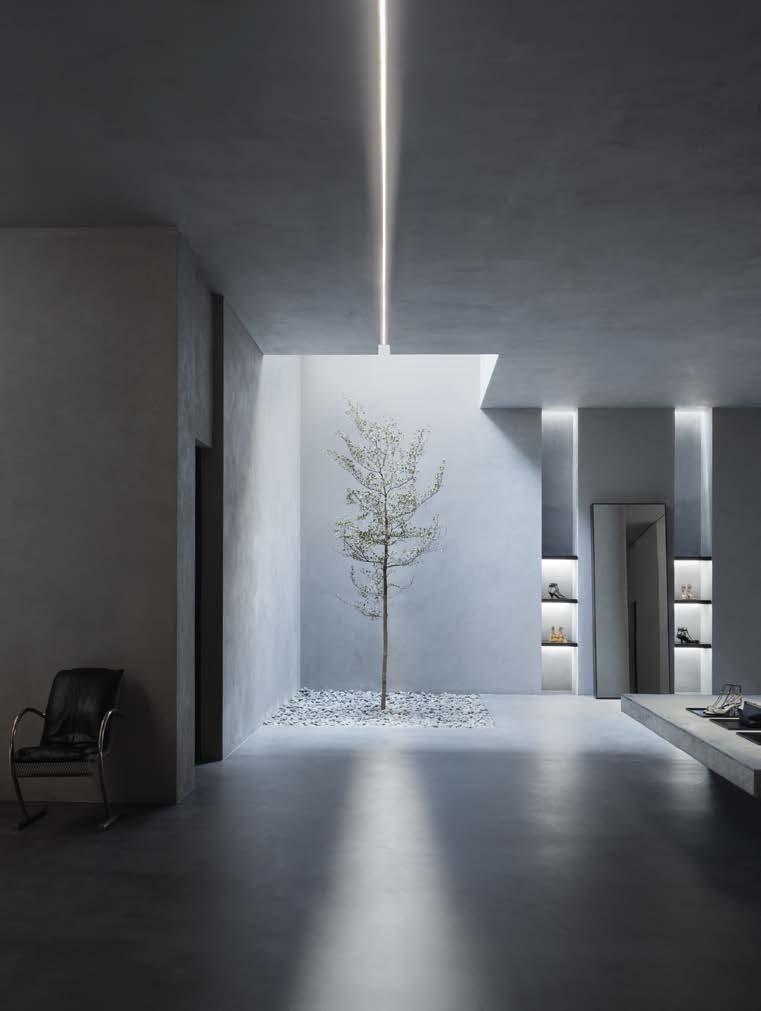
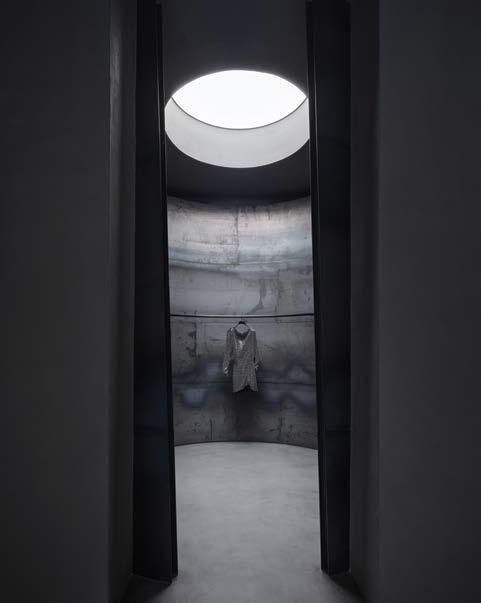
“It’s a notion of luxury as less rather than more, focusing on construction and detail. Stripping away rather than adding. From this perspective, the design of the store felt logical and almost inevitable.”
a loyal customer base and has asserted a strong and unique brand image. It was an exciting opportunity for me because people had no preconceptions about a store. As Cate mentioned, we were able to survey the landscape of retail, look at the trends, and make a conscious attempt to intervene. Because the brand is young, it was an opportunity to look inward and define some of the core values and discover how they apply to an architectural space. For me, the project really grew out of the materials and the parallels to the clothing. Understated but elegant, high quality, meant to last, and wear in over time. The choice to use industrial materials such as steel and concrete is a celebration of the brand's young American roots and an homage to the city and neighborhood where the store is located. The other key materials in the project being light and space. We thought the clothing could benefit from this explicit materiality, presented with industrial clarity. Cooler and heavy materials as a backdrop for warmer softer fabrics. It’s a notion of luxury as less rather than more, focusing on construction and detail. Stripping away rather than
adding. From this perspective, the design of the store felt logical and almost inevitable.
BOLLETTINO: In a world increasingly dominated by online shopping, what unique aspects do you believe brick-andmortar stores like yours bring to the fashion industry?
CH: Why do they need to be competing? I believe the path to enduring brand power is experiential, whether online or in person. Both aspects should guide the customer into a seamless transition, aesthetically and functionally. In developing our online store, which is still a third of our business today, we always sought for the product to be photographed and presented in a tactile way. We always asked ourselves, “Does this feel emotional?” There is an austere quality to the brand that is somewhat provocative. I think that’s where Griffin and I find the most synergy with our aesthetics; the development of the space was natural for us. Really, I didn’t have much to do with the direction. I had no idea what he was going to present and we were both a bit nervous about working together, as we never had before. When he presented his initial renderings — well, to be completely honest, I was floored. From that point on I let him run with it.
GF : Space is an incredibly powerful marketing tool. Cate builds a self contained world within the brand and what better place to illustrate that world than with a physical store where all the senses can be engaged.
BOLLETTINO: What is lost by skipping the in-person shopping experience?
CH A fully visceral experience.
GF: The colors and textures of the clothing are so rich. It’s important to see and feel them in person, in context. In a space with so few distractions the customer can become aware of the subtle qualities of the clothes.
BOLLETTINO: What is gained by the in-person shopping experience?
CH: Again, the experience. The opportunity to tantalize all the senses so that the customer can feel the full breath of KHAITE.
We are a world, not just clothes on a rack.
GF: I think online shopping has liberated the in-person shopping experience. The stores can be about so much more. The point of a remarkable interior is to create a strong sense of identity. There is something to say in retail spaces when so much is bought online. Especially for a brand like KHAITE that uses such elegant materials and refined production techniques.
BOLLETTINO: What has been the reaction and feeling you have noticed of someone coming into the store for the first time?

GF: I have been pleasantly surprised that people find it to be a very calm and peaceful store. I have noticed that people genuinely like to be in the space. There’s a stark contrast from stepping off a busy street in SoHo, it changes your perception of where you are in relation to the urban context.
BOLLETTINO: How do you want them to feel?
CH I feel this is a tough question because it’s not totally about how we wanted other people to feel, it’s much more personal to us. I wanted to be intimidated and thus intrigued or seduced, you could say. I wanted the allure to be magnetic and intoxicating. I don’t think about other people much when I am trying to push forward. A lot of the time I ask myself, does this feel scary enough? Does this make me uncomfortable? The irony is these projects tend to exude solace in its final form. They have a calming effect.
GF: In terms of the architecture I wanted to create a space where feelings are able to emerge rather than attempting to tell people how to feel. People will bring their own past associations and meaning.
BOLLETTINO: Is the plan to continue in this direction for future stores?
GF: I think architecture is most successful when it is site specific. The store on 165 Mercer Street is so unique and always will be. Just like the brand I think the stores will inevitably grow and evolve while preserving core ideas and features. I’m excited to see how the concept responds to a new location and city.
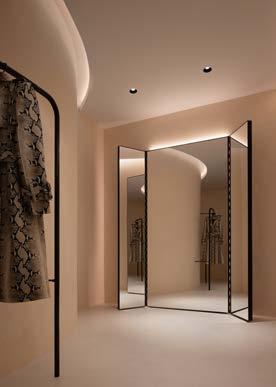
A radical shift of the Renaissance was a departure from painting idealized biblical scenes set against abstract gold backgrounds, to an embrace of more natural and recognizable settings. Some painters even used familiar locals pulled from the streets to pose as saints. They pioneered lighting techniques, like chiaroscuro, with sometimes dramatic shafts of light to illustrate the divine in an otherwise natural and simple setting. Slim Aarons summarized his own career as “photographing attractive people who were doing attractive things in attractive places.” Many of his images, in fact, perpetuated a collective fantasy of Italy and its culture.
In contrast, Sam Gregg’s images provide a new lens through which we can view the country, offered by one who has been moved by its very real and everyday magic. Just as painters of a bygone era chose ordinary villagers as subjects, rendering every tear of clothing, smudge and imperfection with cinematic detail, the “reality” of the scenes being depicted seemed tangible, and transcendence within reach. Sam Gregg unveils a version of Italy that isn’t shrouded in fantasy, but celebrates its inhabitants in such a way that would have caught the eye of certain classic painters.
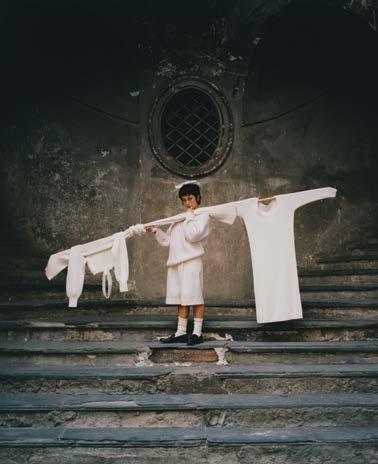
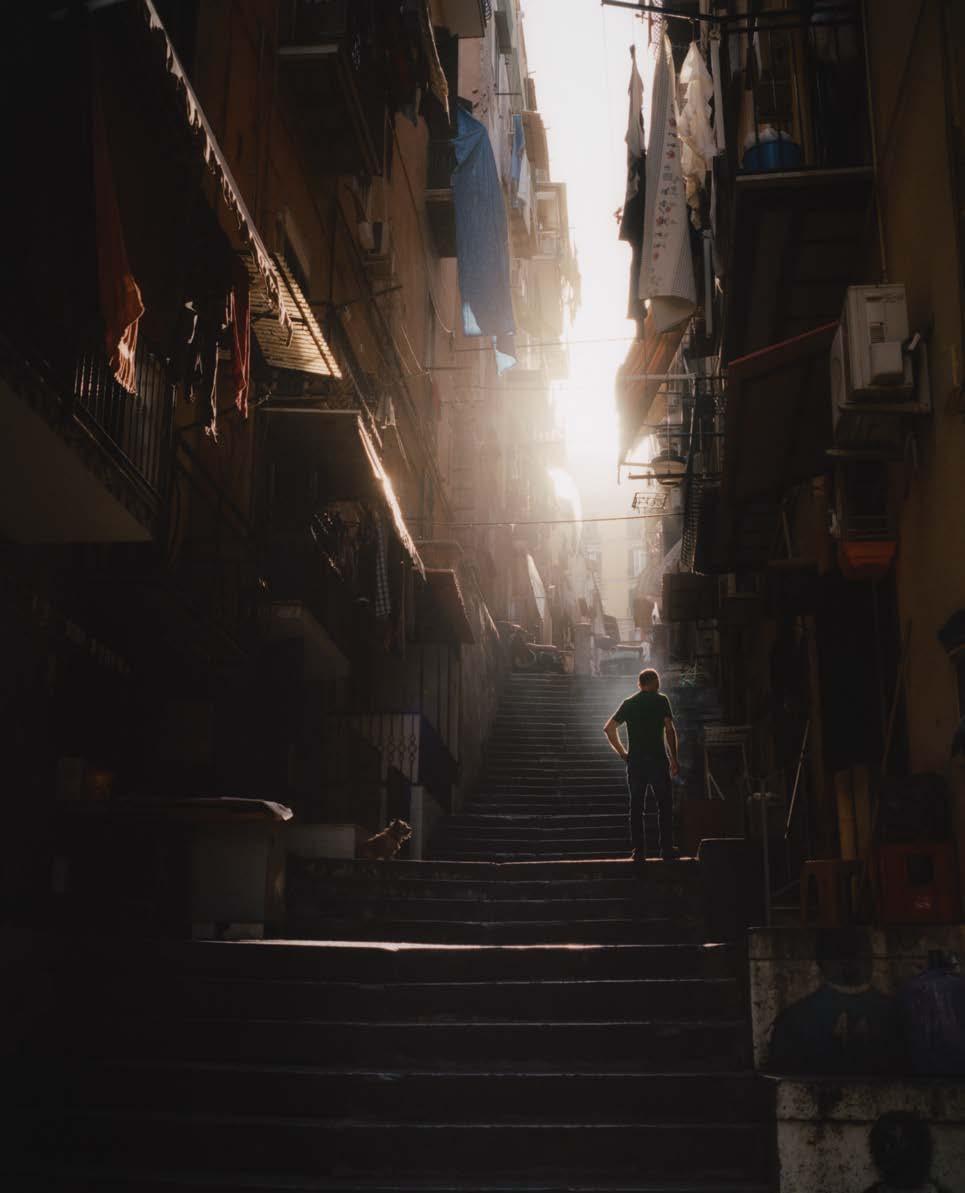
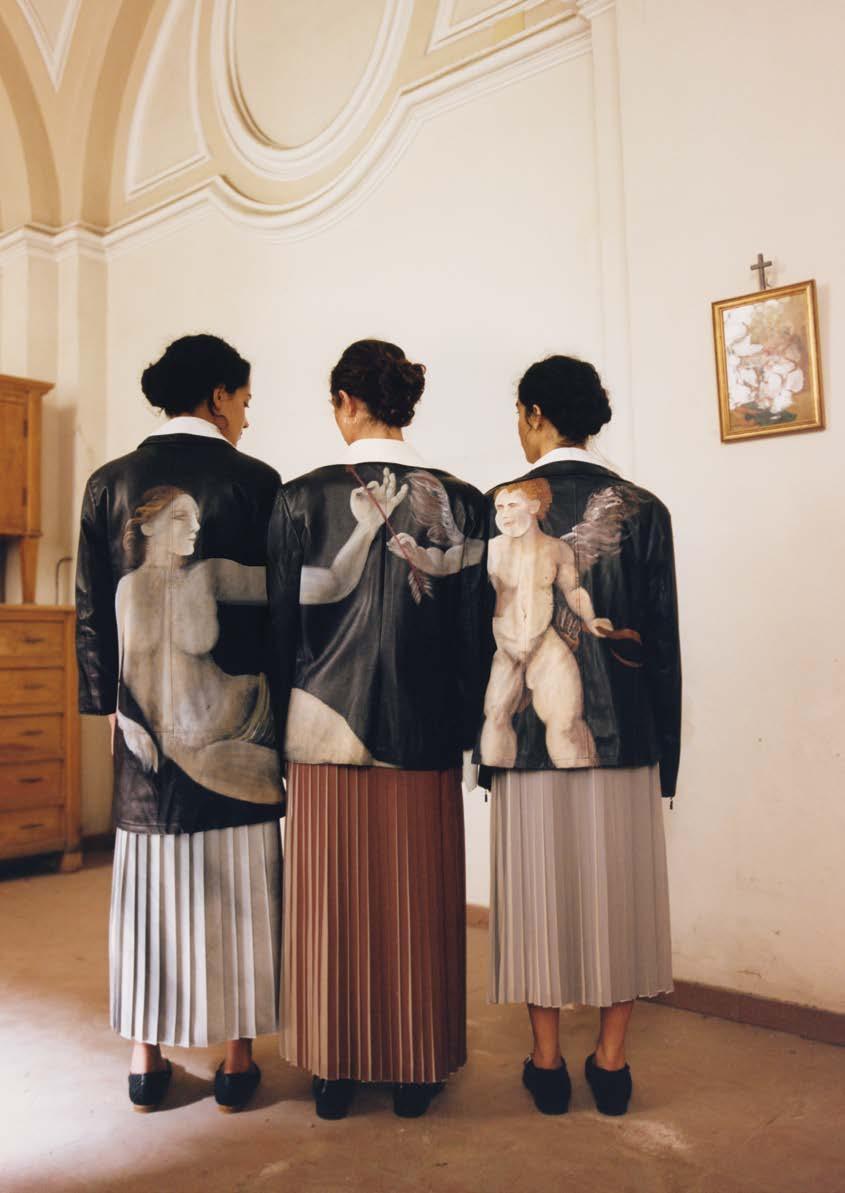


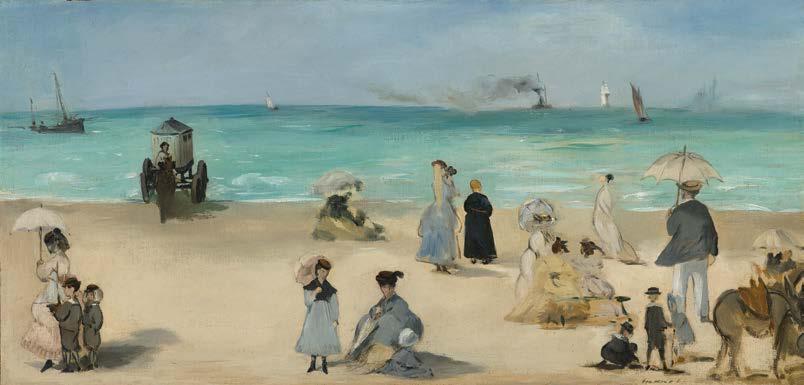
An exhibit at the Metropolitan Museum of Art in New York delves into the camaraderie and conflict between two of the most respected painters of the 19th century
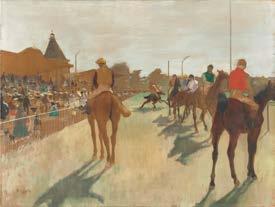
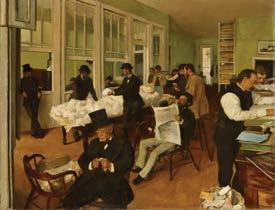
This fall, a new exhibit at The Metropolitan Museum of Art explores a dialogue between two artists that forever shaped the contours of French modernist painting. The exhibit explores the intricate relationship that bound Édouard Manet and Edgar Degas – a bond simultaneously fraternal and fraught with the complexities of rivalry. Degas and Manet played the dual roles of muse and contender in each other’s artistic pursuits. This dynamic interaction yielded a body of work whose themes and techniques often meld, crafting a
legacy that resonates in museums across the world. This exhibition gracefully weaves together carefully selected pieces that highlight the interaction between the two, drawn from the collections of The Metropolitan Museum of Art, Musée d’Orsay, and the Musée de L’Orangerie, while also extending its embrace to encompass works lent by diverse institutions and private collectors. A trove of 160 paintings and papers offers an insightful look into the creative intersection of these two masters.
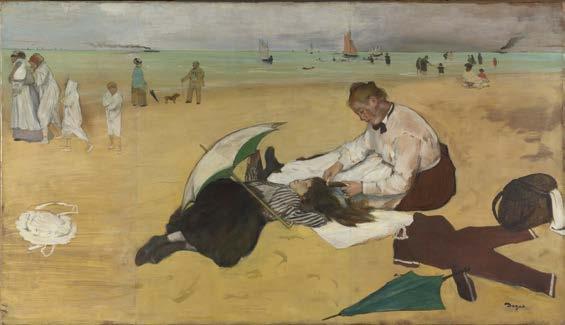
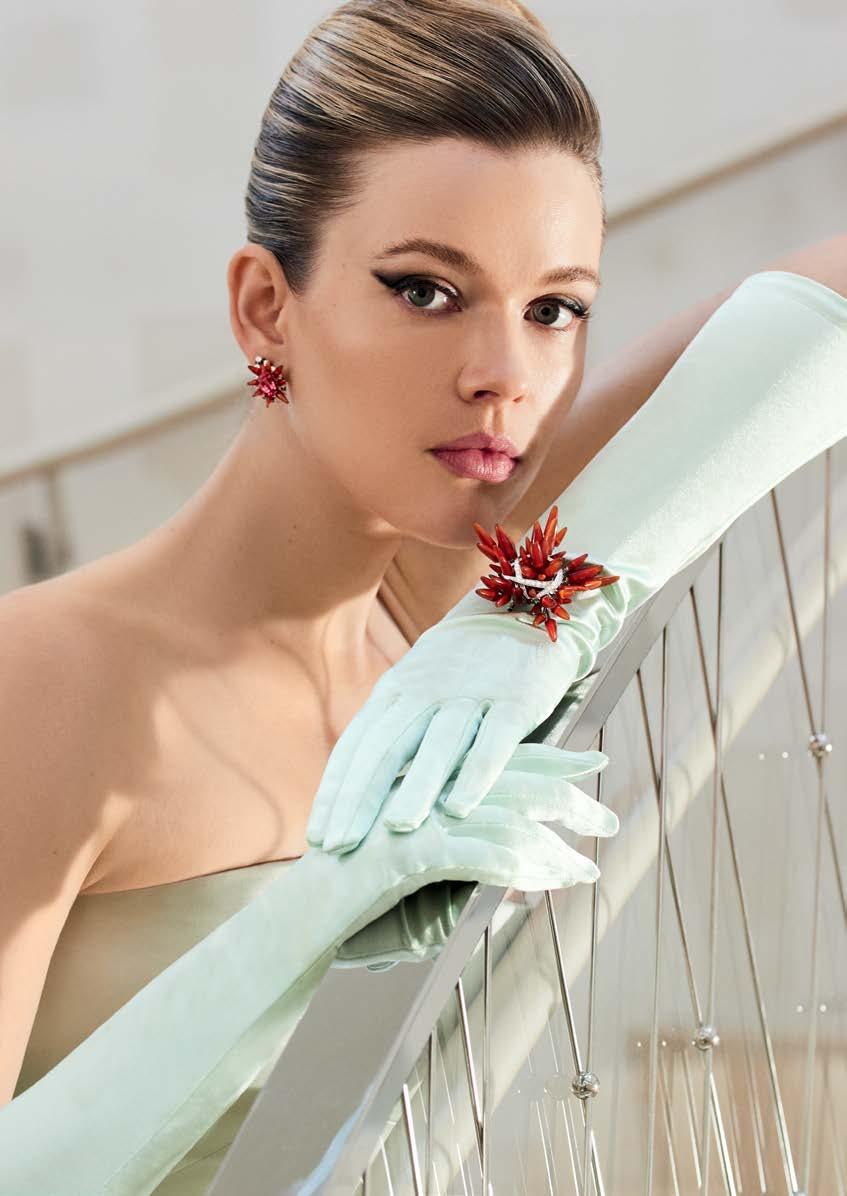
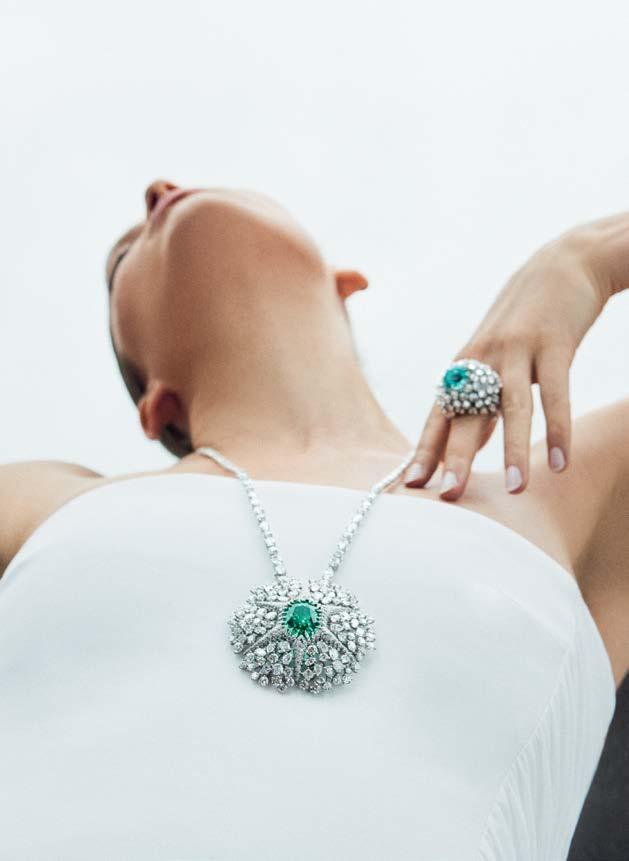


Above Tiffany & Co. Pendant in platinum with an unenhanced green cuprian elbaite tourmaline and diamonds, Tiffany & Co. Ring in 18k white gold with a blue cuprian elbaite tourmaline, turquoise and diamonds. Tiffany & Co. Pendant in platinum with an unenhanced green cuprian elbaite tourmaline and diamonds from the 2023 Blue Book Collection. Archival Givenchy Haute Couture dress Right Tiffany & Co. Pendant in 18k white gold with a blue cuprian elbaite tourmaline, turquoise and diamonds from the 2023 Blue Book Collection. Archival Givenchy Haute Couture dress. Next Page Tiffany & Co. Pendant in platinum and 18k yellow gold with an unenhanced esteemed Sri Lankan padparadscha sapphire, unenhanced Umba sapphires and diamonds. Ring in platinum with an unenhanced green cuprian elbaite tourmaline and diamonds from the 2023 Blue Book Collection. Archival Givenchy Haute Couture dress. Shot at Casa Cipriani Jazz Cafe.

